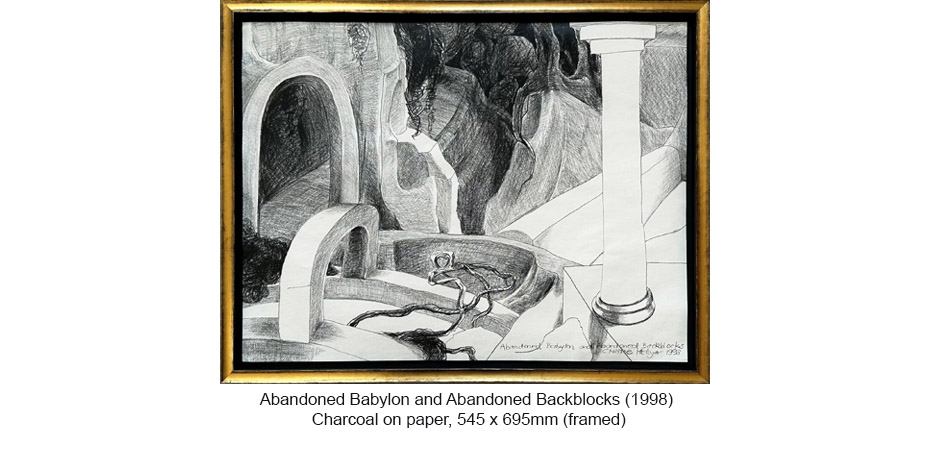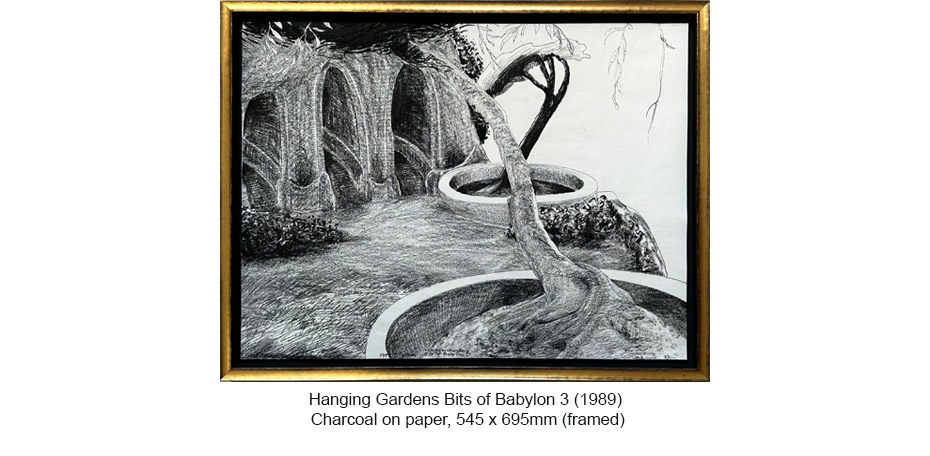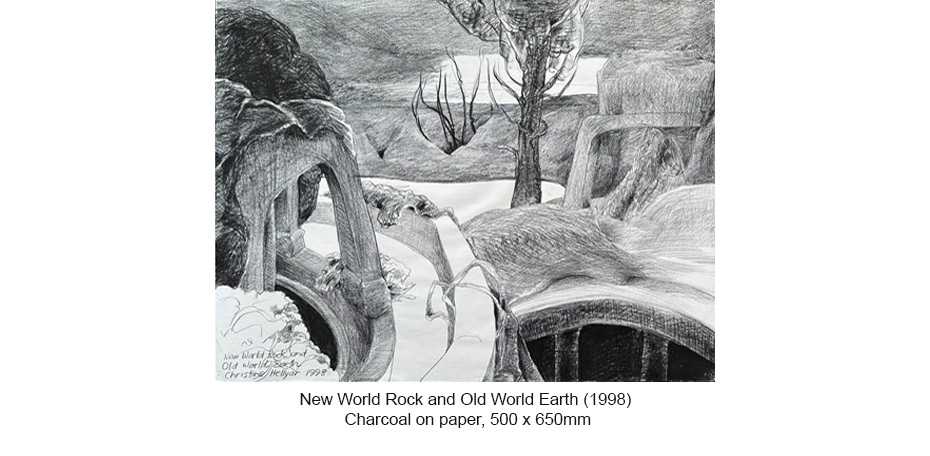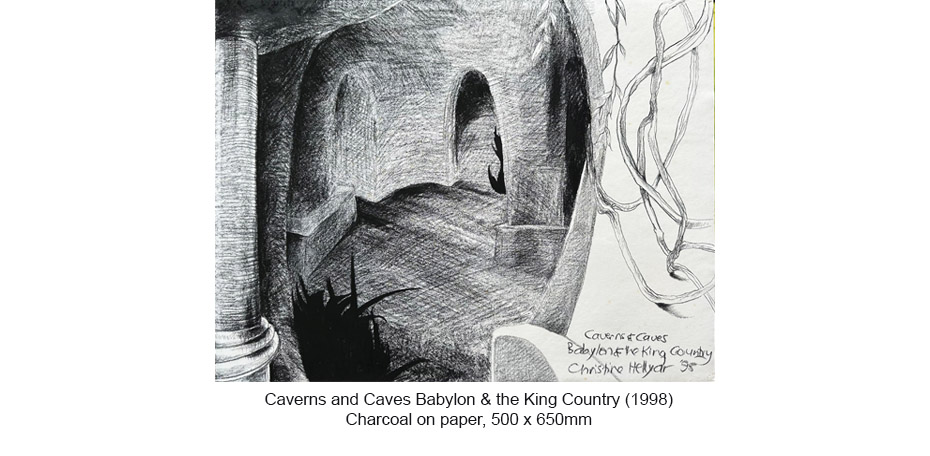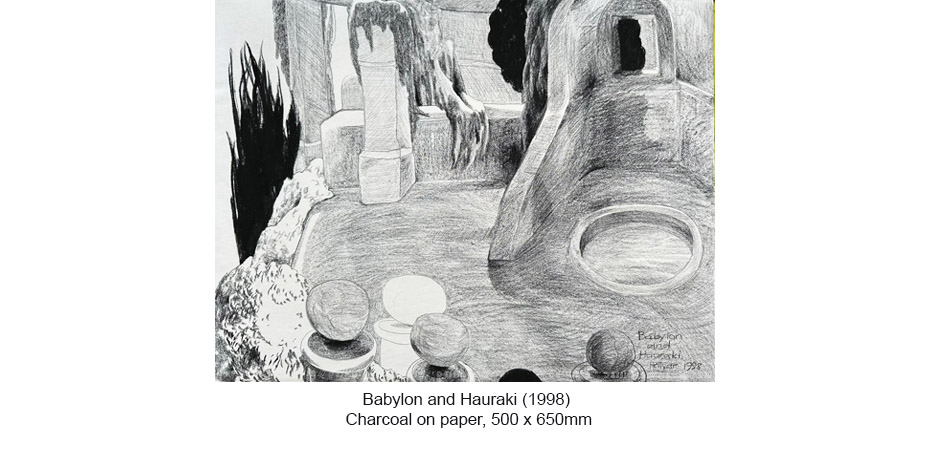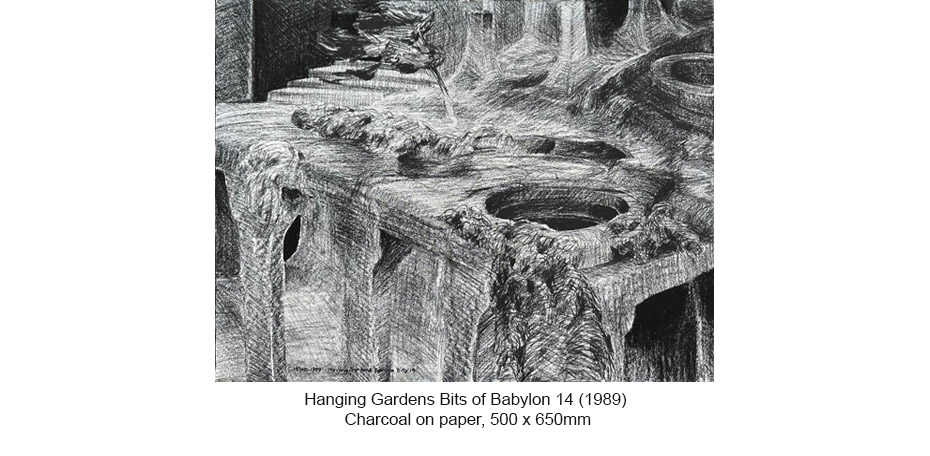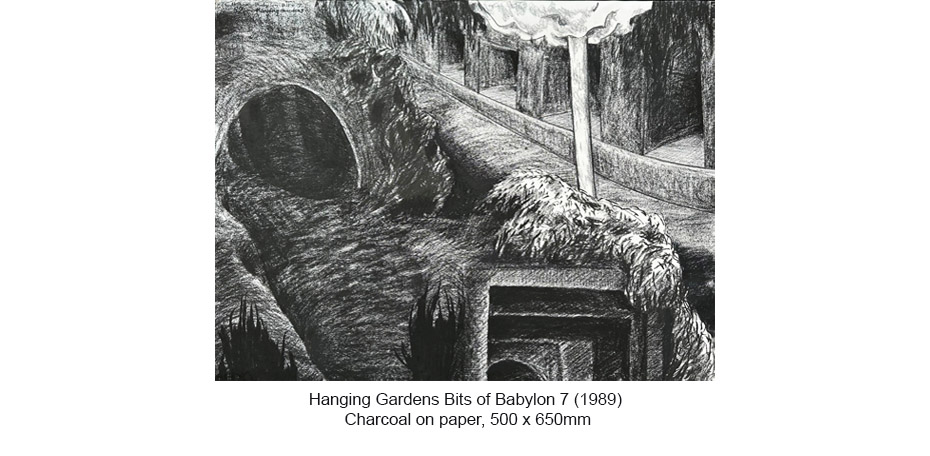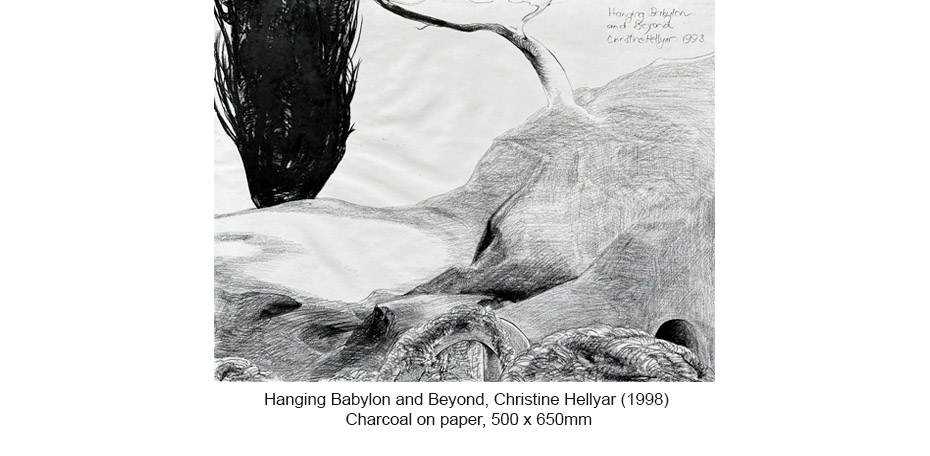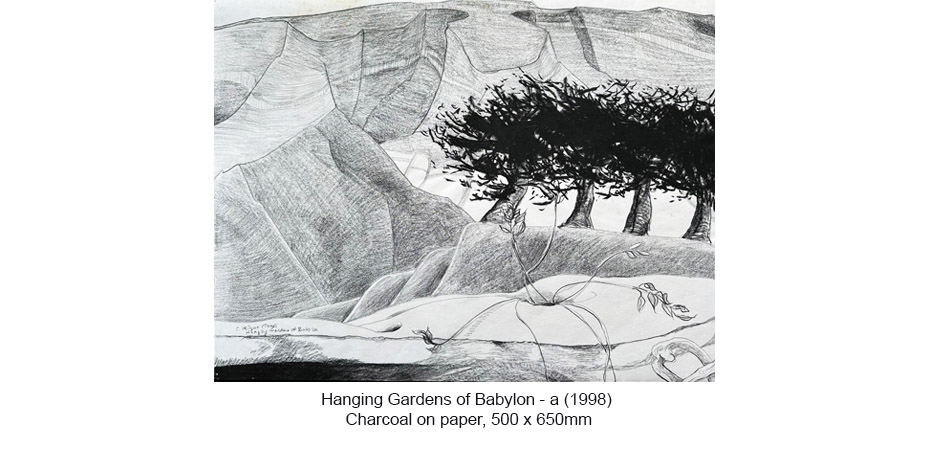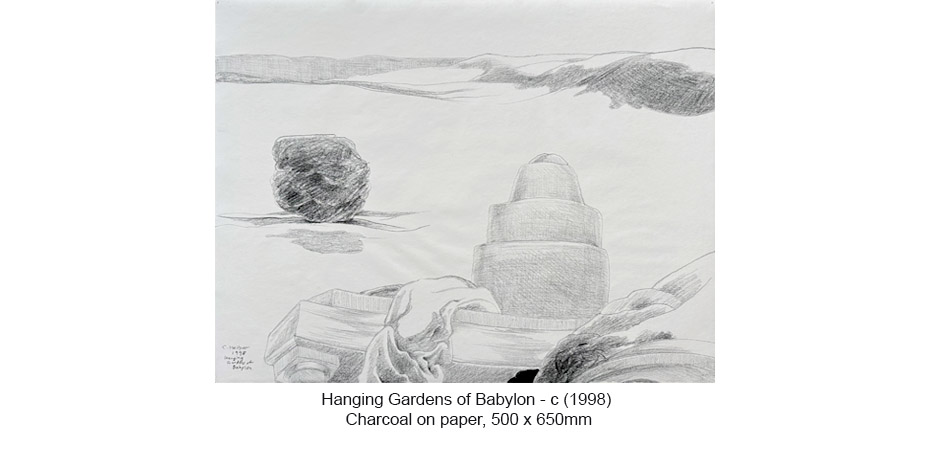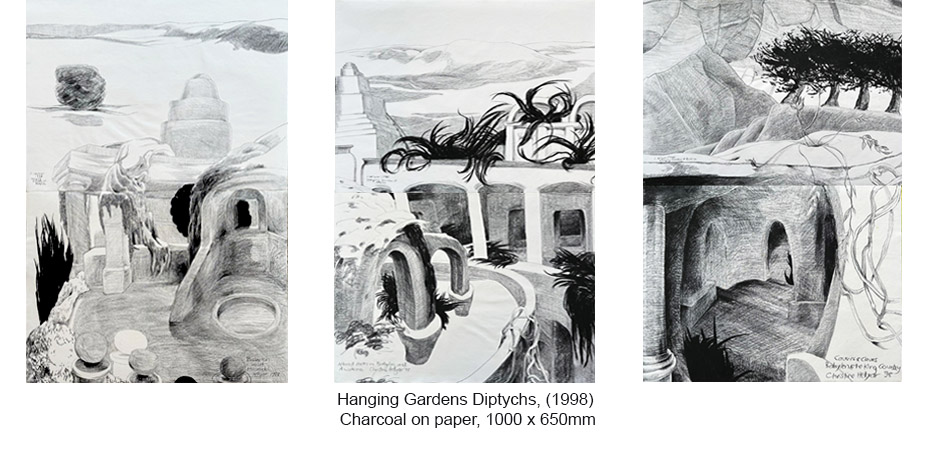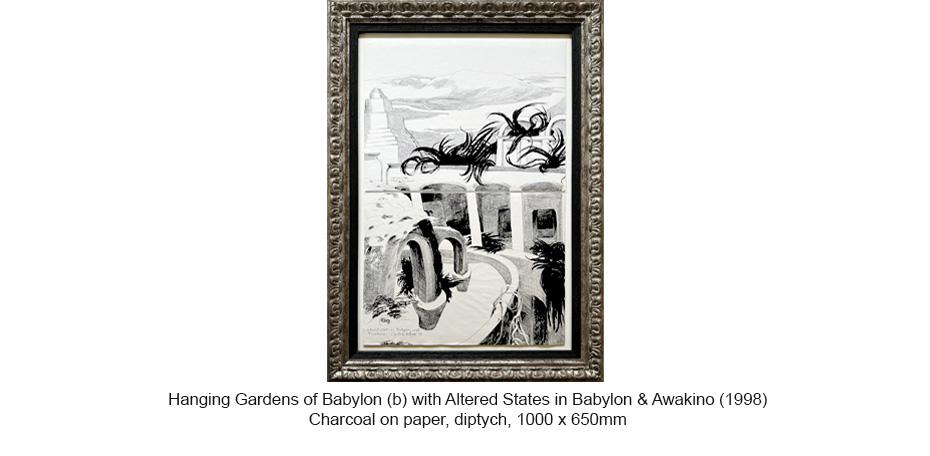Christine Hellyar is one of Aotearoa New Zealand’s most accomplished contemporary sculptors. Born in Ngämotu New Plymouth in 1947, she graduated from Elam School of Fine Arts in 1969 and has exhibited continuously in Aotearoa and internationally since then. For more than five decades, Hellyar has innovated with sculptural processes, and worked across a wide range of materials including cast latex, bronze, textiles, large-scale installation, as well as drawing and photography.
Her work is held in major public collections across Aotearoa, including Te Papa Tongarewa Museum of New Zealand, Te Whanganui-a-Tara Wellington, Auckland Art Gallery, Dunedin Public Art Gallery, Christchurch Art Gallery Te Puna o Waiwhetü, and the Sarjeant Art Gallery, Whanganui.
Hellyar has always been interested in the 7 Wonders of the Ancient World. The oldest, the Great Pyramid of Giza, still stands and in 1978 Hellyar visited the Pyramid. Hellyar has also had an avid interest in Pompeiian gardens. From earliest times the garden played a basic role in Roman life, with the kitchen garden forming a significant part of the primitive family estate. As Rome grew, it eventually became a city famed for beautiful pleasure gardens. Today, in Iraq where the Hanging Gardens of Babylon are said to have flourished long ago, one only finds ruins and rubble. Legend has it that King Nebuchadnezzar of Babylon had the gardens built as a gift to his wife, a Persian princess, to ease her homesickness for the beautiful vegetation and mountains of her native Media (the northwestern part of modern-day Iran). In 1989, Hellyar completed her first series of charcoal drawings of the Hanging Gardens of Babylon. Her second series was completed in 1998.
“I knew a lot about Pompeiian gardens. Structures, waterways and plants were important. We bought a house that had willow and cypress trees and we planted grape, pear and apple trees. I could draw these from my studio in all weather.”


